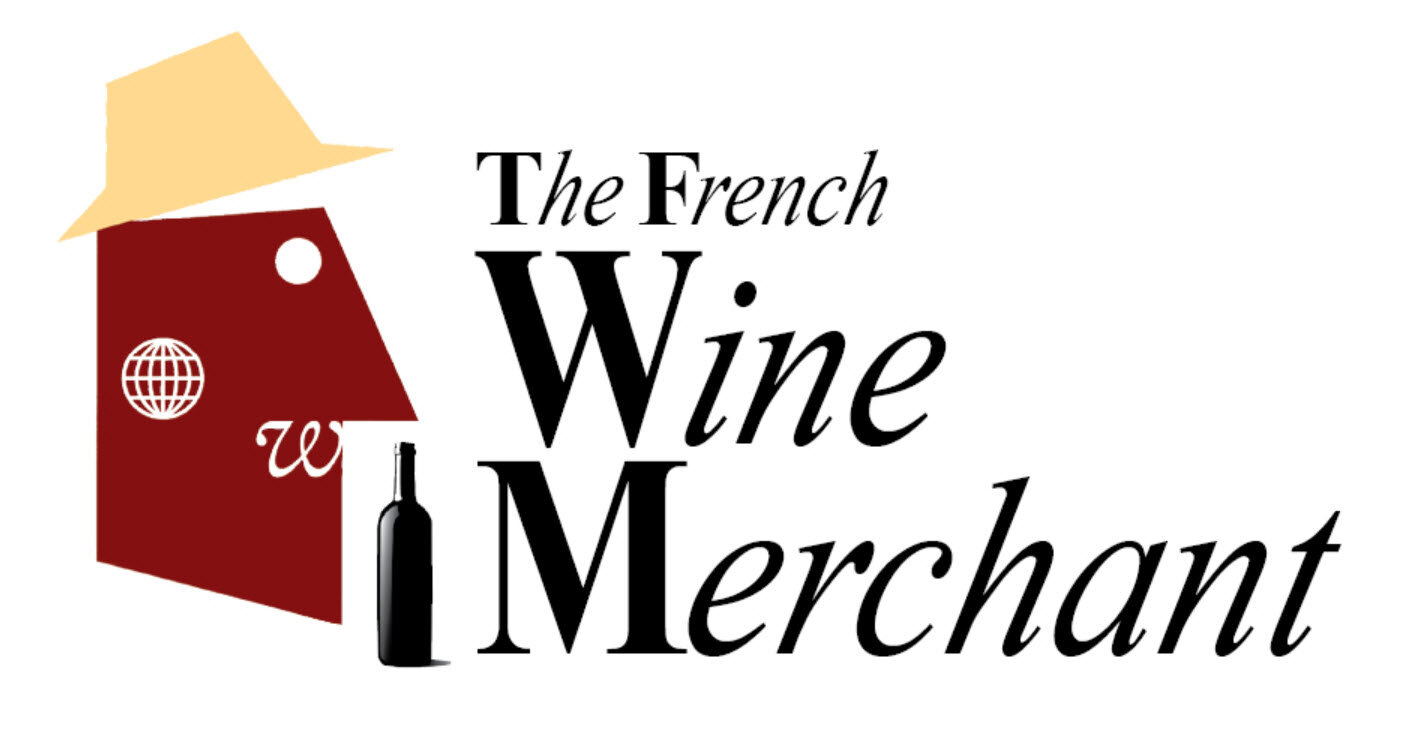Burgundy's Signature: Exploring the Sloped Shoulders of Wine Bottles
Embracing the art of subtlety and finesse, Burgundy wines transport the drinker to the heart of the region's picturesque vineyards. Renowned for their elegance and depth, Burgundy wines, particularly those crafted from the delicate Chardonnay and Pinot Noir grapes, offer a symphony of flavors. Expect to savor the nuanced notes of ripe red berries, cherries, and earthy mushrooms in a Pinot Noir, or the bright, crisp hints of green apple, pear, and minerality in a Chardonnay. These wines are celebrated for their charming complexities, often mirrored in the gentle contours of the Burgundy bottle.
"Burgundy Beckons"
In contrast to the Bordeaux bottle, the Burgundy bottle, with its distinctive sloped shoulders, commands attention in the world of wine packaging. This elegant design is favored for wines like Chardonnay and Pinot Noir, which are known for their approachability and are often best enjoyed within a few years of release. The history of the Burgundy bottle shape, characterized by its sloped shoulders, traces back to the 19th century. Although not as ancient as the Bordeaux bottle, it has emerged as a timeless and iconic design for wines, especially Chardonnay and Pinot Noir. The exact origin of the Burgundy bottle shape is somewhat less debated than the Bordeaux shape's origins, but it has its roots in traditional glassmaking practices of the time.
The Burgundy region in France was one of the early adopters of this bottle shape to accommodate their specific wines. The design became synonymous with the Burgundy wine produced in that region, and it gradually evolved into the form we recognize today. Over time, it became the standard shape for wines that benefit from earlier consumption.
The sloped shoulders of the Burgundy bottle play a significant role in preserving and presenting wines such as Chardonnay and Pinot Noir. The longer neck of the bottle allows for controlled aeration. When wine is poured, it has the opportunity to breathe and develop its aromas as it flows through the narrow neck.This aeration can enhance the wine's bouquet and flavor profile while, at the same time, maintaining the delicate and nuanced flavors of these wines by minimizing contact with oxygen, thus keeping them fresh and vibrant. Increased contact with oxygen can lead to undesirable effects. When these wines are exposed to too much oxygen, they can undergo oxidation, which negatively impacts their flavors and aromas. It may cause the wine to develop off-putting characteristics, such as a nutty or sherry-like taste and a loss of fruitiness. This is why the Burgundy bottle's design, with its sloped shoulders and narrower body, minimizes the amount of air in contact with the wine, helping preserve their youthful and vibrant character. Furthermore, the design facilitates easy pouring and serves as a visual cue, distinguishing wines meant for earlier consumption from those intended for extended aging. This combination of practicality and tradition makes the Burgundy bottle an excellent choice for these specific wine styles. This bottle design not only complements the characteristics of the wines produced in Burgundy but also serves as an elegant and iconic symbol of the region's winemaking heritage.
Exploring Burgundy Bottle Aging Insights
More excitingly, recent updates regarding the Burgundy bottle shape, preservation methods, and sustainability practices provide invaluable information for wine collectors and enthusiasts looking to maximize their enjoyment of Burgundy wine selections. Recent studies have shed light on the importance of providing specific storage conditions to unlock the full aging potential of wines housed in Burgundy bottles. These findings have illuminated that these wines age most gracefully when stored under controlled conditions that maintain an average temperature of around 55-58°F (13-15°C) and a relative humidity level of approximately 60-70%. The cool, consistent temperature helps the wines evolve slowly and develop complex flavors over time, while the moderate humidity levels prevent corks from drying out and maintain an airtight seal. It has become evident that the Burgundy bottle design, combined with these precise storage conditions, is instrumental in preserving and enhancing the delicate nuances of the wines it houses.
Furthermore, recent research in the field of wine aging has revealed fascinating insights into the Burgundy bottle's aging potential. While Pinot Noir and Chardonnay are frequently linked with this bottle shape, it's now evident that aging outcomes can be influenced by several key factors. Studies have indicated that the unique attributes of a specific vineyard, the techniques employed during winemaking, and the characteristics of the vintage itself all play a significant role in determining how Burgundy wines will age. These findings offer a more comprehensive understanding of what to anticipate as these wines mature.
As you see, the Burgundy bottle shape's elegant design goes beyond just aesthetics, playing a pivotal role in preserving and presenting wines like Chardonnay and Pinot Noir. This iconic bottle design, with its graceful form, not only complements the unique characteristics of wines crafted in the heart of Burgundy but also stands as a powerful symbol, echoing the rich tapestry of winemaking heritage deeply woven into the region's storied past. Its elegant shape encapsulates centuries of tradition and artistry, making it a true embodiment of Burgundy's winemaking legacy.


